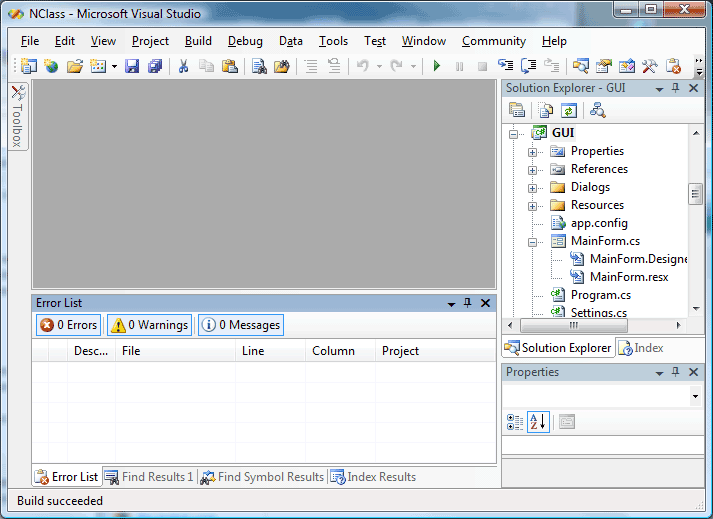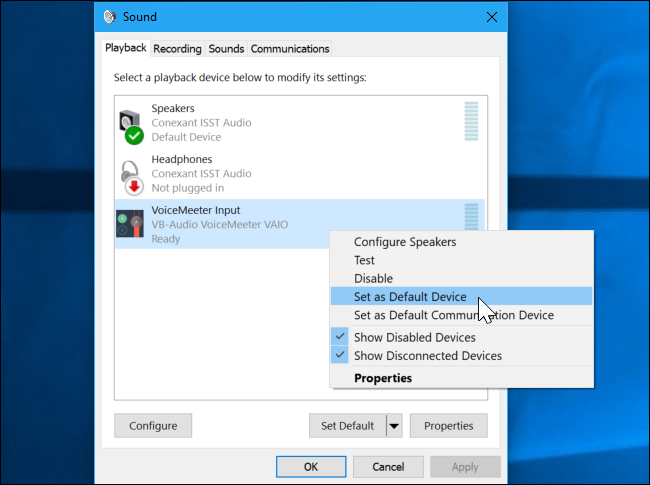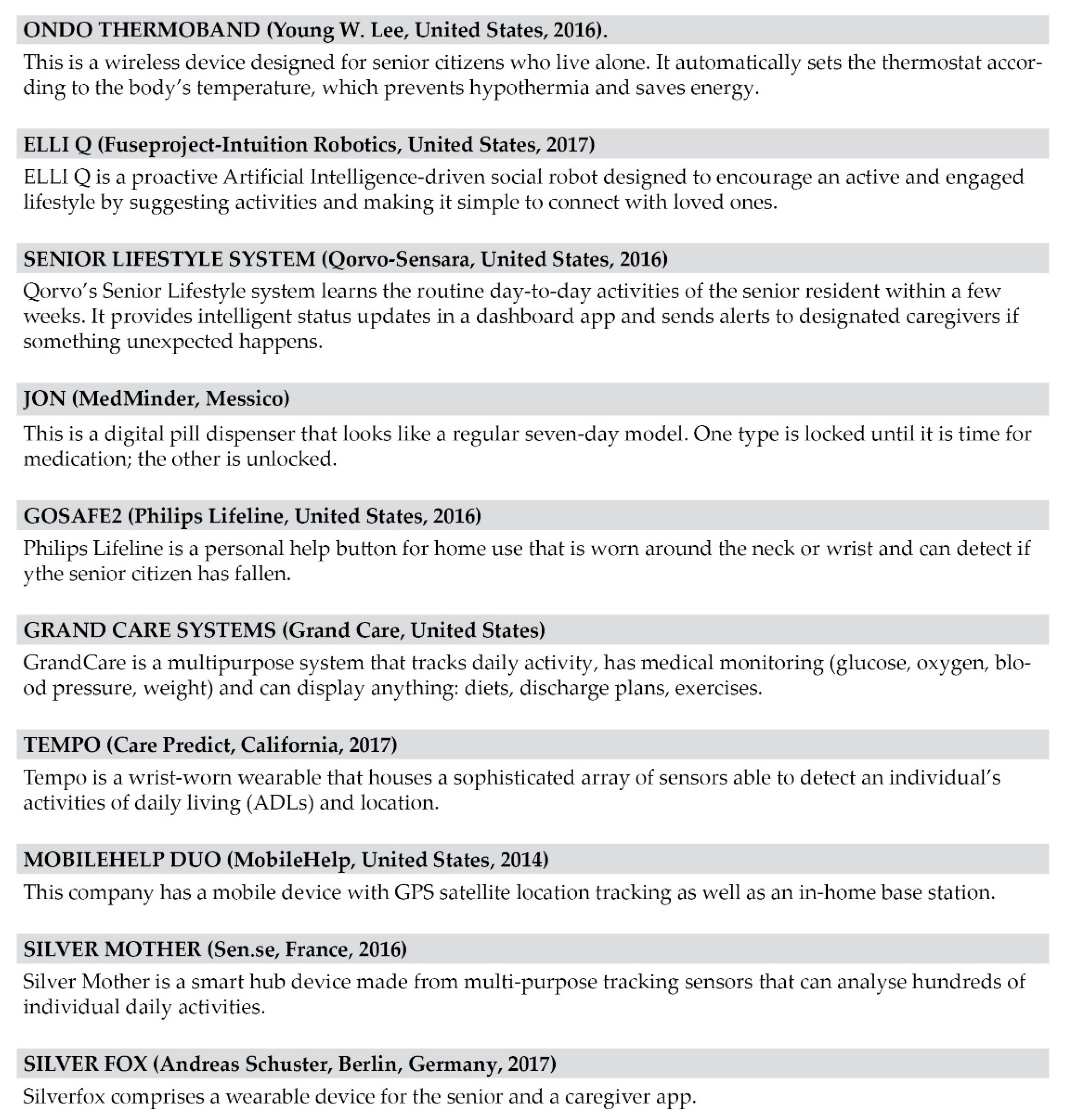

So whenever I open a project it helps to open preferences, select the other sample I/O Buffer size.

When I close AE and restart it, open the same project, the problems return. When I switch projects, the problems return. If I switch between either 16 or 32 samples I/O Buffer Size it seems to cure the audio problems for that session with both preview methods. When I start AE and open a project, the sound is having problems using both preview methods (normal and audio-only). I figured out what might be a workaround, although it has limitations. Message was edited by: Sebas van den Brink, hit submit too soon Maybe it has something to do with the cache.?įocusrite Scarlett 6i6 external audio device Sometimes it plays right after I've purged the image cache memory, and it'll be fine for a while, until it seemingly randomly goes back to weird sounding.

I've enabled the Cache before playback button and enabled and disabled the play audio in preview and it still messes up. I've tried upping the I/O Buffer size in the Audio Hardware settings, no difference. I've tried mono mp3s, aifs en wavs - I've also tried a stereo wav (the same mono track in both tracks) to no avail. I know AE isn't ideal for audio but in my projects I do need to be able to use it. Whenever I do a preview playback I hear my (mono) audio split over both speakers, and they seem to be ever so slightly out of sync (if at all) and create this weird effect - instead of sounding mono (from the middle). For Test 6, although the Photos app was installed on the external SSD, the 380GB Photos library was stored on the internal 5400rpm SATA hard drive.I'm having a very strange and frustrating time with AE 2017.1 (14.1.0.57) at the moment. Each time tests were run, they were run after a fresh reboot.Ĥ. All tests performed three times and the results averaged.ģ. macOS and all apps were installed on the external SSD.Ģ. Test 6: Launch Photos app with a 380 GB Photos library:ġ. Obviously, your results will vary depending on the software/login items/fonts/kernel extensions you have installed.īelow are the results of my testing. mid-2017 Retina 4k iMac with 8GB RAM, a 3.0 GHz quad-core i5 CPU and a 5400rpm SATA hard drive). The tests were performed on the same model iMac as yours (i.e. Today () I installed macOS Sierra 10.12.6 on an external SSD (specifically a 500GB Samsung T5) and did some comparison tests to try and provide an indicative idea of the type of speed improvements you could expect. Let me know if you have any questions or would like to chat about doing an internal upgrade. However, I’m guessing this isn’t something you’d want to tackle (I wouldn’t recommend it unless you’re very comfortable with the idea of doing it), but if you are I’m more than happy to chat to you about it.

I upgraded the same model before Christmas so that it had an internal SSD for storage and a lot more RAM. While this iMac is not officially upgradable after purchase, it can actually be done.
2017 APPLICATIONS MONO OS X INSTALL


 0 kommentar(er)
0 kommentar(er)
